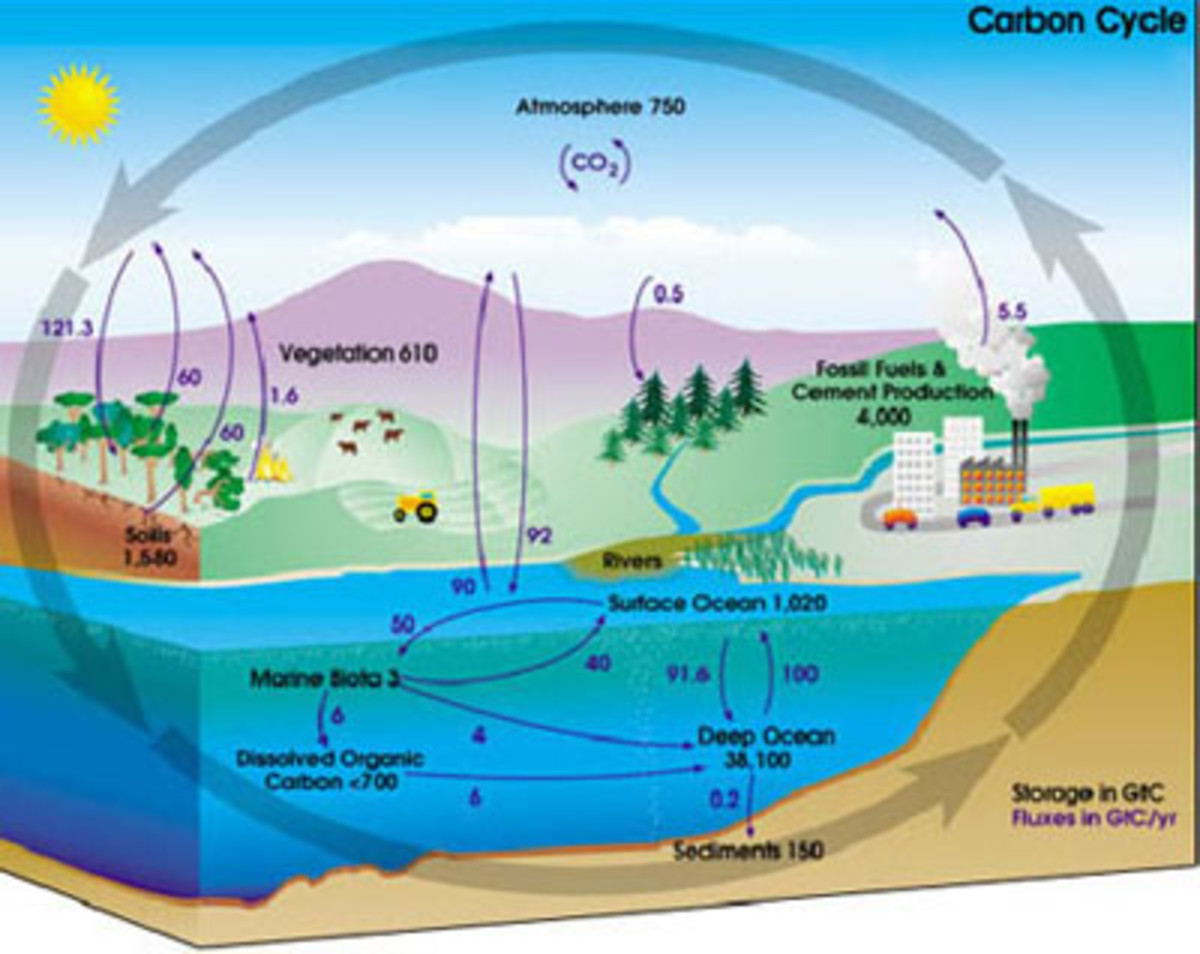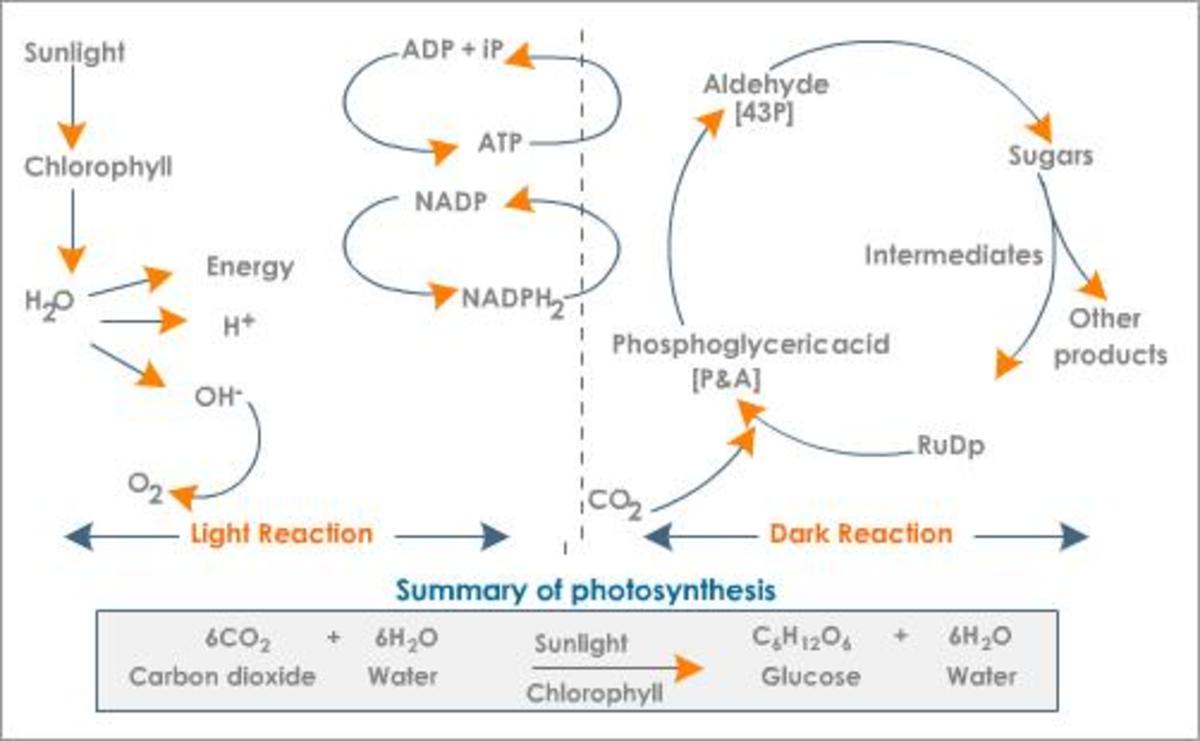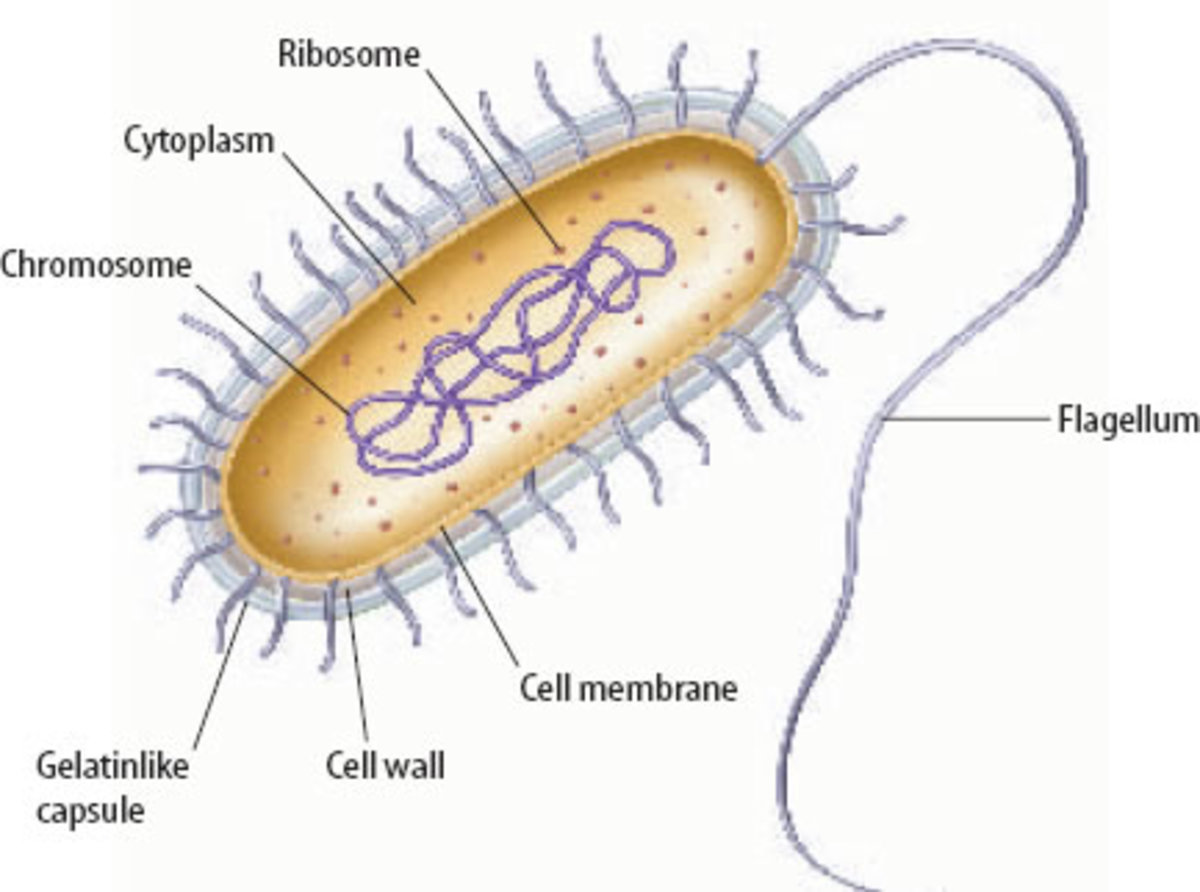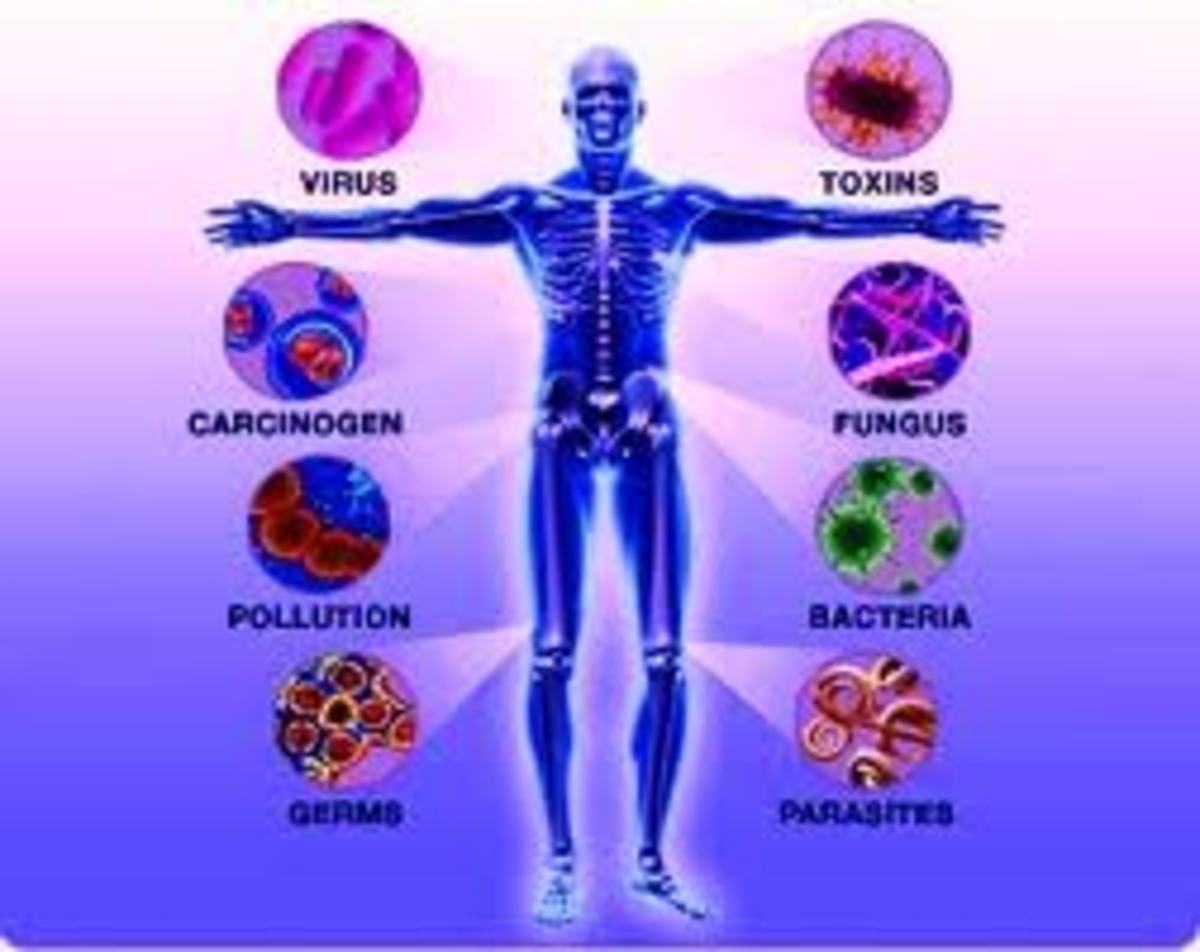EUBACTERIA:METHOPHYLES / METHYLOTROPHS
METHOPHYLES / METHYLOTROPHS
Methophilic organisms has the ability to derive carbon and energy from the metabolism of one carbon compound or compound containing two or more carbon atoms that are not directly linked to one another. The most abundant compound of this class in nature is the gas methane which occurs in coal and oil deposits.
Subdivision of Methophyles
Methanotrophs: able to grow at the expense of methane; many are also able to utilize methanol, formaldehyde or dimethylether. It includes methylotrophs that can degrade the greenhouse gas methane.
Methylotrophs: nutritionally more versatile being frequently capable of growing with a variety of organic compounds; however they cannot use methane as carbon and energy source.
- 1. Origin of Methylotrophs:
Methylotrophs arose from Prokaryotic ancestors that perform wither oxygenic or anoxygenic photosynthesis, by loss of the photosynthetic apparatus ad adaptation of photosynthetic electron transport chain.
- 2. Occurrence:
Methanotrophs and methylotrophs can occur in extreme environments and are especially common where methane is produced. Their habitats range from oceans, mud, marshes, underground environments, soils, rice paddies, etc. They are of special interest to researchers studying global warming
- 1. Classification: There are two sub groups:
Obligate methylotrophs: A single obligate methylotroph is methylophilus. It is gram negative polarly flagellated rods capable of rapid growth with methanol. Some strains can also utilize formaldehyde or methylamines. Carbon is assimilated via the ribulose mono phosphate pathway.
Facultative methylotrophs: Some bacterial genera contain one or more facultative methylotrophic species capable of growth with methanol and/ or methyl amines. It is relatively widely distributed among heterotrophic bacteria. It may also be common among chemoautotrophs: several thiobacilli and nitrifying bacteria can drive CO2 assimilation via the Calvin-Benson cycle by formate oxidation.
Methylotrophs is a diverse group including both gram negative and gram positive genera.
GRAM NEGATIVE BACTERIA
Pseudomonas; Klebsiella; Alcaligenes; Acinetobacter; Paracoccus; Hyphomicrobium; Rhodopseudomonas.
GRAM POSITIVE BACTERIA: Bacillus; Arthobacter; Mycobacterium; Streptomyces.
- 2. Metabolism of methyl compounds:
a) Oxidation of methane to formaldehyde
CH4 + NADH + H+ + O2 ----------------------------- CH3OH + NAD+ + H20
Methane methane Methanol monooxygenase
CH3OH ----------------------------------------- H2CO + 2H
Methanol methanol dehydrogenase Formaldehyde
b) Oxidation of formaldehyde:
i. Via formate:
H2CO + H2O ----------------------------------------- HCOO- + H+ + 2H
Formaldehyde Formate
HCOO- + NAD+ ----------------------------------------- CO2 + NADH
ii. Via hexulose:
H2CO + ribulose 5-phosphate --------------------- 3Hexulose 6-phosphate Fructose 6 phosphate ------------------ glucose 6-phosphate 6-phosphogluconate --------------------- ribulose 5-phosphate +
c) Dissimilation of methyl amine
Di-, tri- and tetramethylamine is dissimilated by a series of successive oxidative demethylation (catalyzed by monooxygenases) yielding formaldehyde and ultimately methyl amine. Methylamine is deaminated to ammonium and formaldehyde alternatively it may be oxidized by a cyclic mechanism.
(CH3)NH3+ + GLUTAMATE -------------------------- N-methylglutmate + NH4+
N-methylglutamate --------------------------------- glutamate + H2CO + 2H+ + 2e-
The electron acceptor for N-methylglutamate dehydrogenase is NAD+.
- 3. Carbon assimilation:
All the methylotrophs are capable of growth with carbon1 compound serving as sole source of carbon. They are related to other members of the Proteobacteria.
Pathway for carbon assimilation differs: Most methylotrophs uses one of the two pathways, that is, Ribulose Monophosphate Pathway and Serine Pathway.
- The type I and type X methanotrophs are found within the gamma subdivision of the Proteobacteria. Few facultative methylotrophs are autotrophs and employ the Calvin Benson Cycle or Ribulose Biphospate Pathway for formaldehyde assimilation. Type I methanotrophs appear to be dominant in environments in which methane is limiting and combined nitrogen and copper levels are relatively high. These bacteria serve as biofilters for the oxidation of methane produced in anaerobic environments, and when oxygen is present in soils, atmospheric methane is oxidized. Their activities in nature are greatly influenced by agricultural practices and other human activities.
(Calvin Benson Cycle differs from Ribulose Monophosphate Pathway by lacing the reduction steps because the C1 unit incorporated in the Ribulose Monophosphate Pathway is already at the oxidation state of cell material).

(Calvin Benson Cycle differs from Ribulose Monophosphate Pathway by lacing the reduction steps because the C1 unit incorporated in the Ribulose Monophosphate Pathway is already at the oxidation state of cell material).
Ribulose Monophosphate Pathway
- Type II methanotrophs, which employ the serine pathway for formaldehyde assimilation, form a coherent cluster within the beta subdivision of the Proteobacteria. The growth of type II bacteria appears to be favored in environments that contain relatively high levels of methane, low levels of dissolved oxygen, and limiting concentrations of combined nitrogen and/or copper.
Serine Pathway: this pathway accomplishes the assimilation of both formaldehyde and carbon dioxide in approximate ration of 2:1.
C1 units derived from formaldehyde are transferred to amino acid glycine with the formation of serine.
Methylene-tertra hydrofolate + glycine ---------- tetra hydrofolic acid + serine
Serine + CO2 --------------------------------- phosphoglyceric acid
Phosphoglyceric acid-------------------------- glycine regeneration (C1 acceptor).
r).

- 1. Unusual properties of some Methylotrophs
a) Different types of internal membrane systems.
b) Absence of functional TCA.
c) Presence of Calvin Benson Cycle or Pentose Phosphate pathway.
- 2. Economic importance of methylotrophs
a) Methanotrophic bacteria, Hyphomicrobium is capable of mediating denitrification in which nitrate ion is reduced to nitrous oxide gas and subsequently to dinitrogen gas. By this denitrification process, combined nitrogen is removed from soil and water releasing nitrogen gas to the atmosphere. Therefore, maintains the potability of freshwater because high concentration of nitrate ions may be toxic.
b) Production of single cell proteins: methylotrophic bacteria are a potential valuable source of animal food and the generic name for the microbial product is single cell protein. It has many advantages like rapid growth, high protein content, ability to utilize methane or methanol as substrates; as well as these are inexpensive, abundant and free from carcinogenic contaminants. In 1976, Imperial Chemical Industries began construction of a plant in Billingham, England, to make single cell protein by growing Methylophilus metylotophus on methanol in a huge fermentation.
c) Nitrogen fixation: Methylotrophs are free living aerobic nitrogen fixers that can fix nitrogen when provided with methanol or hydrogen from various substrates. Thereby maintaining a supply of physiological usable nitrogen in the biospehere.
d) The methanotroph Methylococcus capsulatus is used to degrade methane and other pollutants. The abundance, purity, and low price of methanol compared to commonly used sugars make methylotrophs competent organisms for production of amino acids, vitamins, recombinant proteins, single-cell proteins, co-enzymes and cytochromes.
e) Pink-Pigmented Facultative Methylotrophs: Commonly abbreviated to PPFMs, these bacteria are members of the genus Methylobacterium and are commonly found in soil, dust, various fresh water supplies and on plant surfaces. Research has suggested that PPFMs can benefit host plants in a variety of ways such as promoting germination, growth and yield of sugarcane, and accumulation of vitamin B in lettuce. Their pigmentation, which is frequently pink but may also be yellow or orange, is thought to provide protection from solar UV radiation which damages the DNA of bacteria at low doses because of their small cell size.





